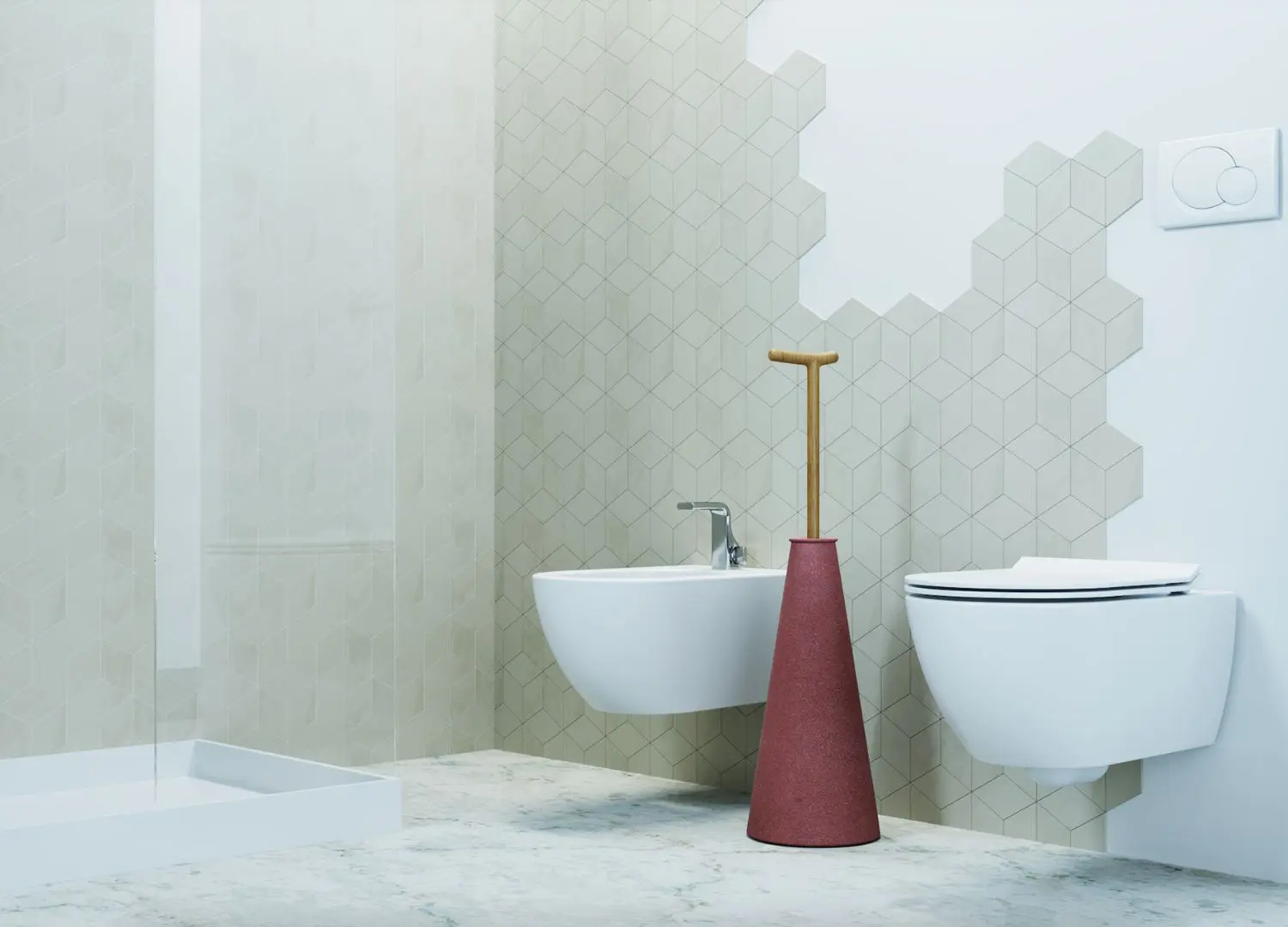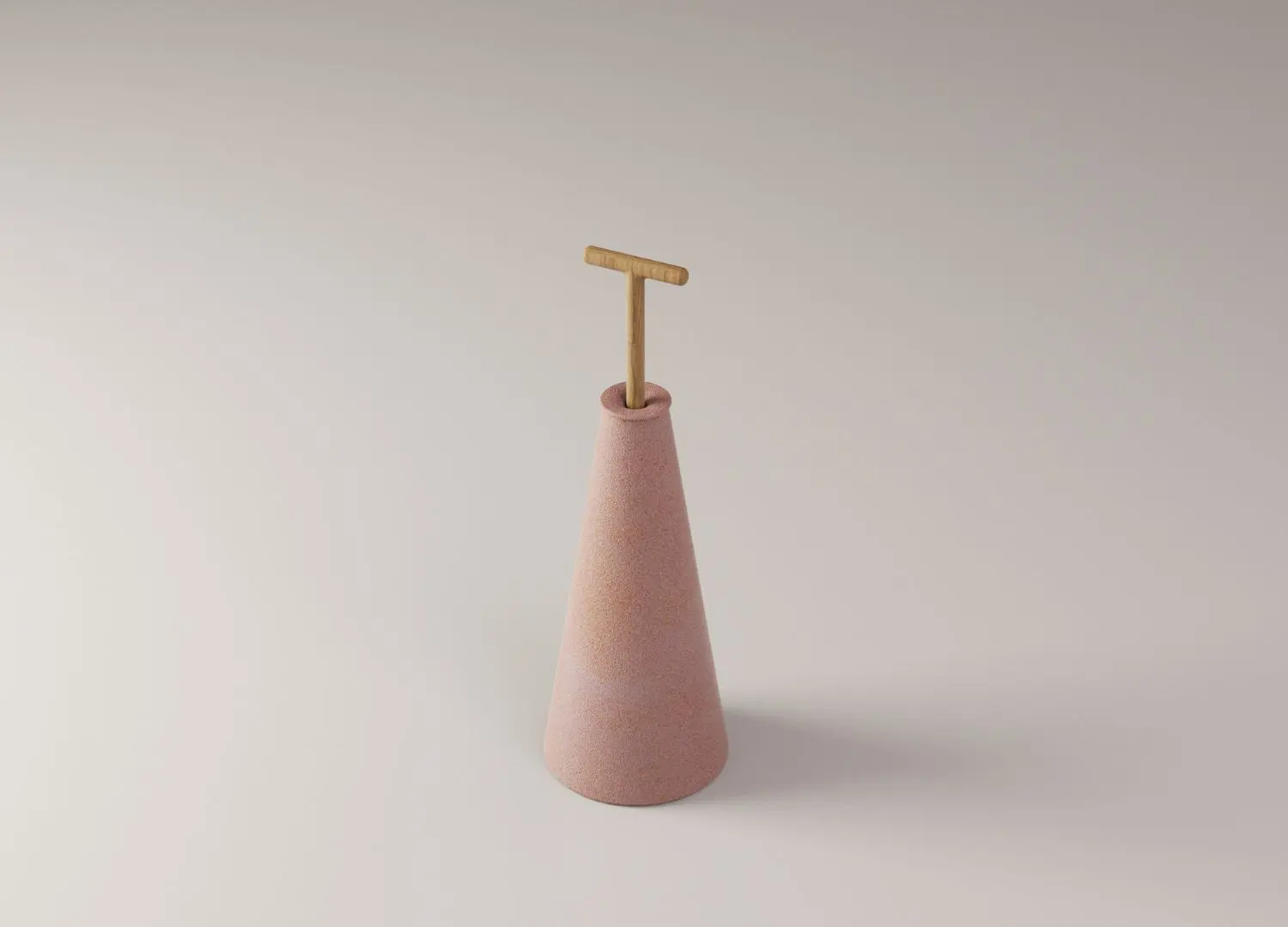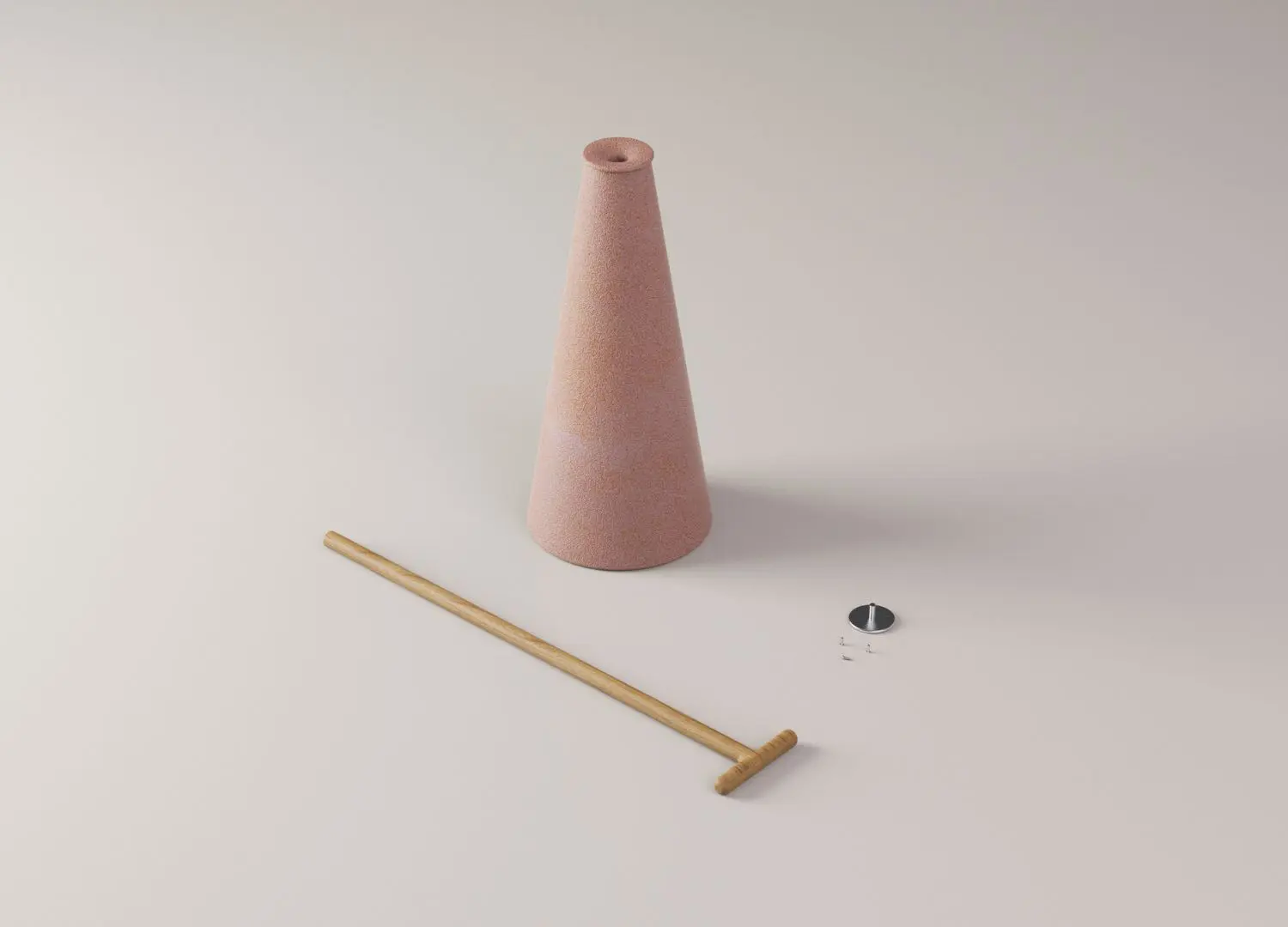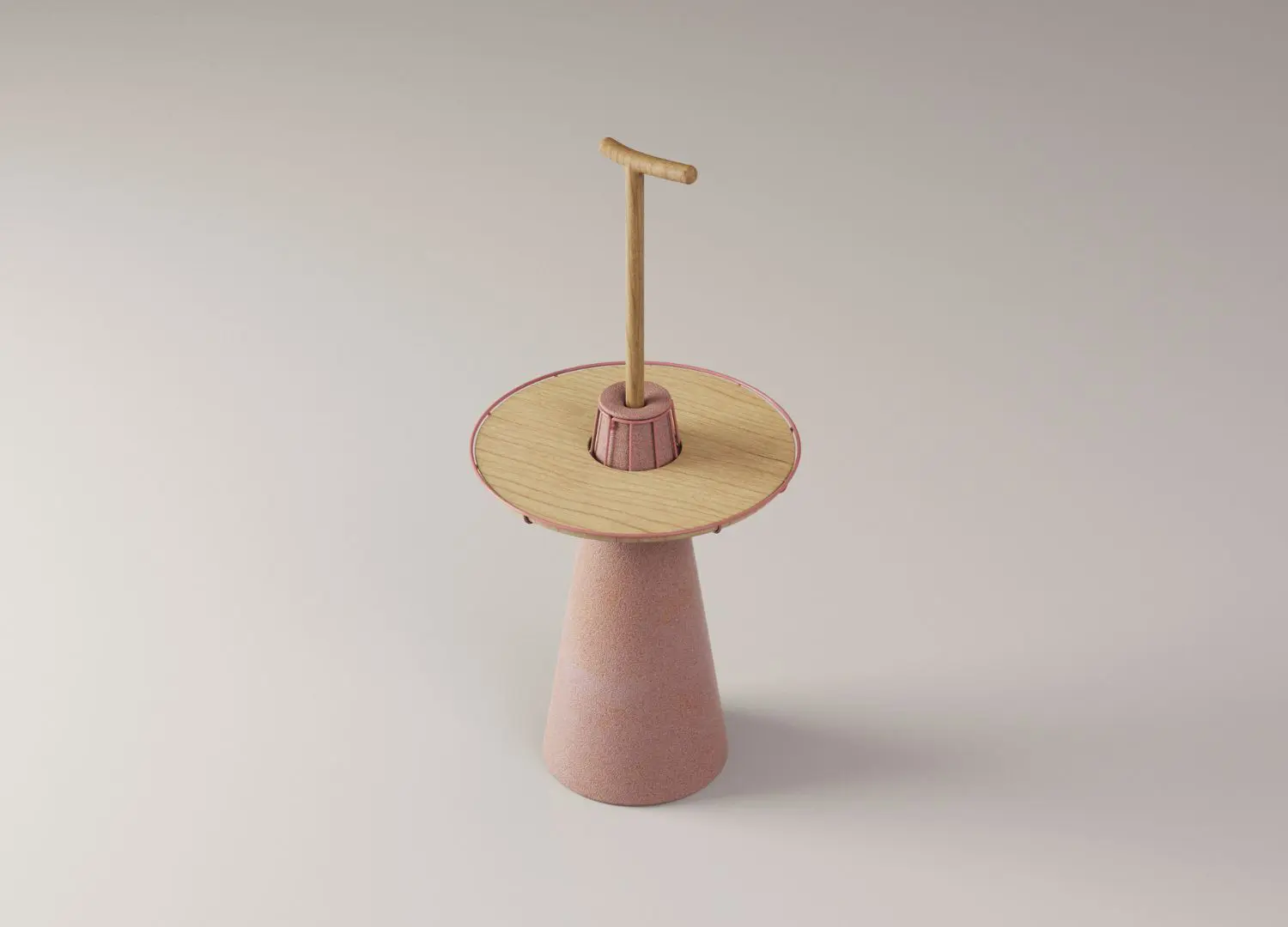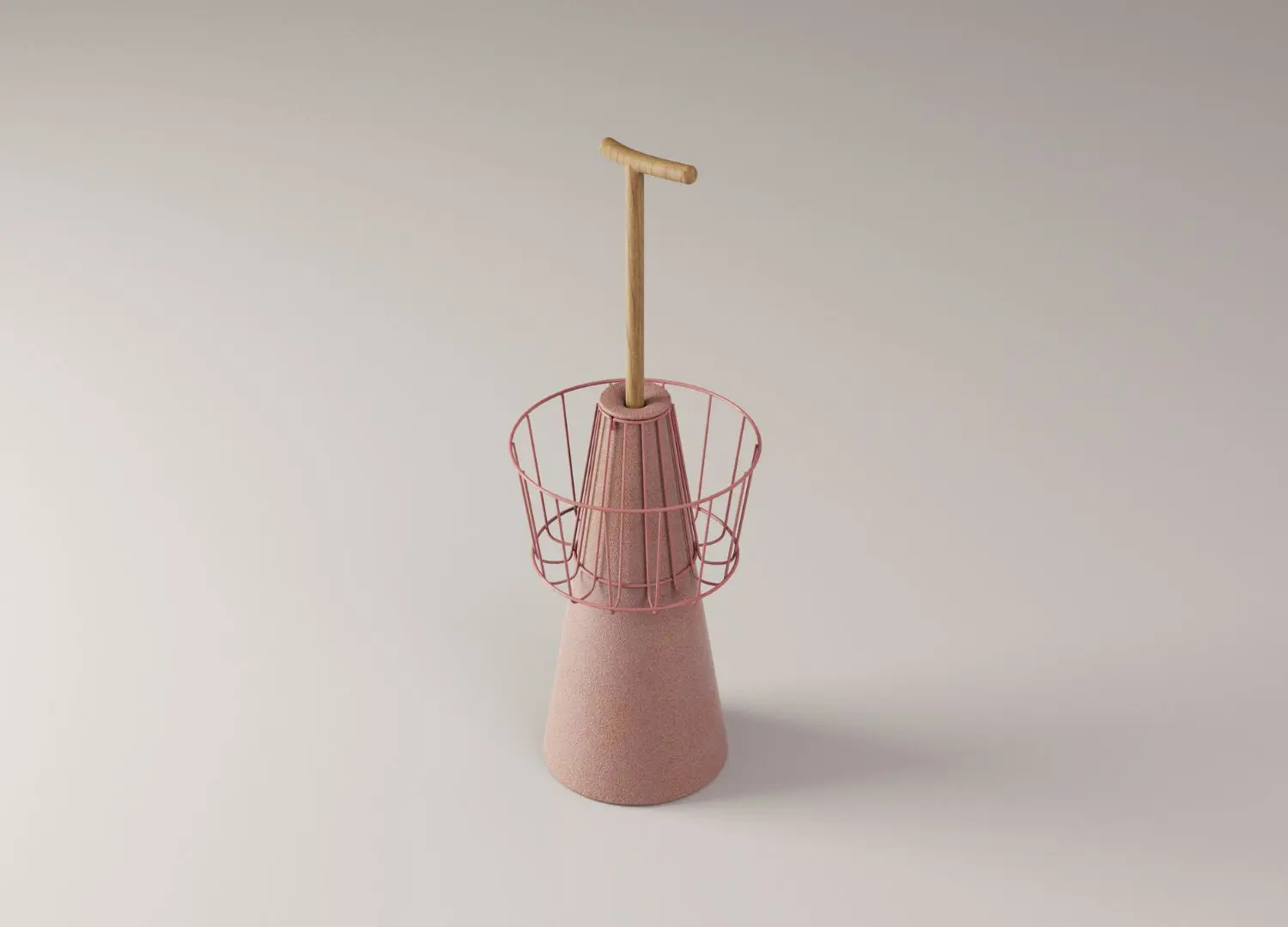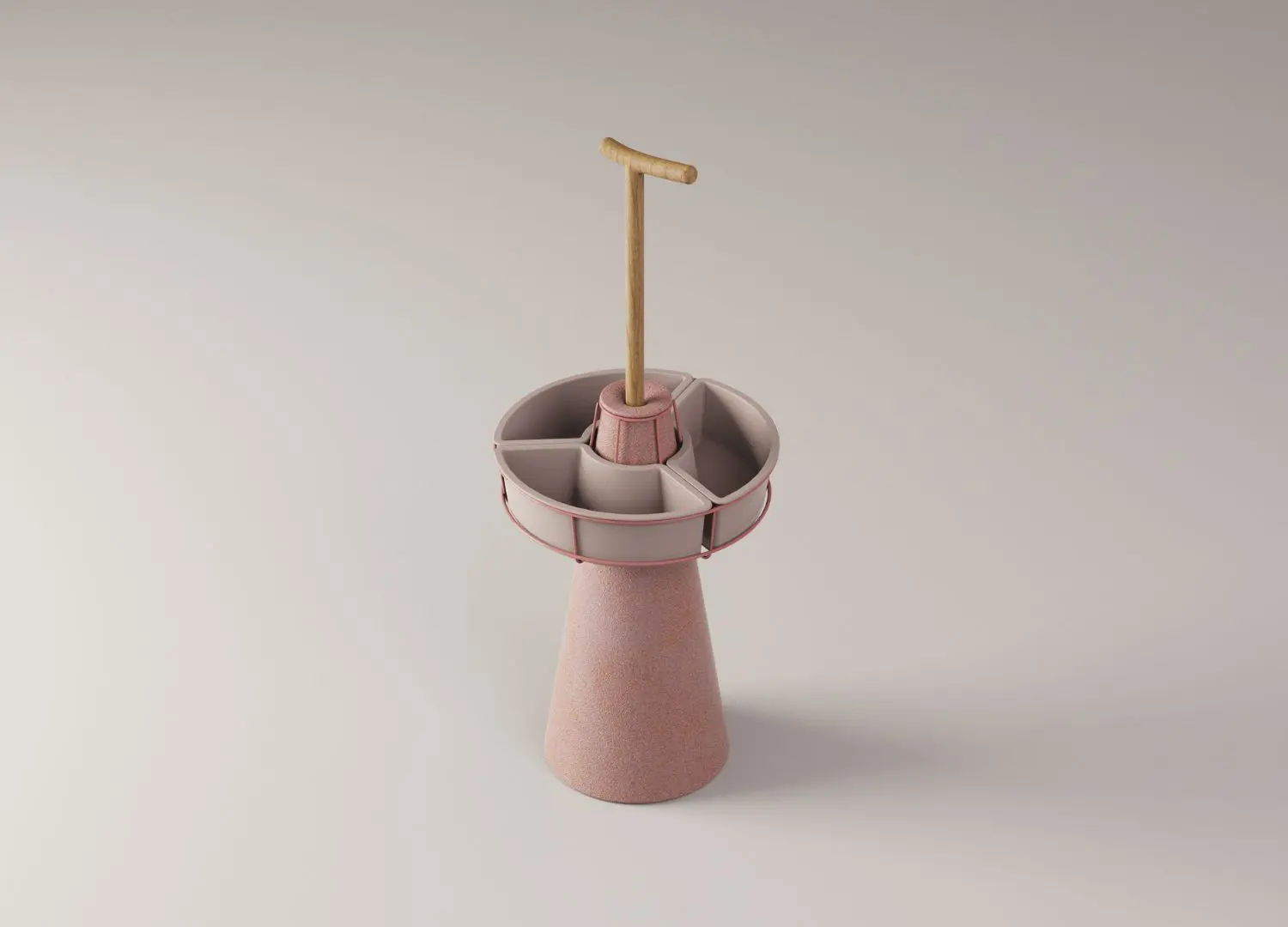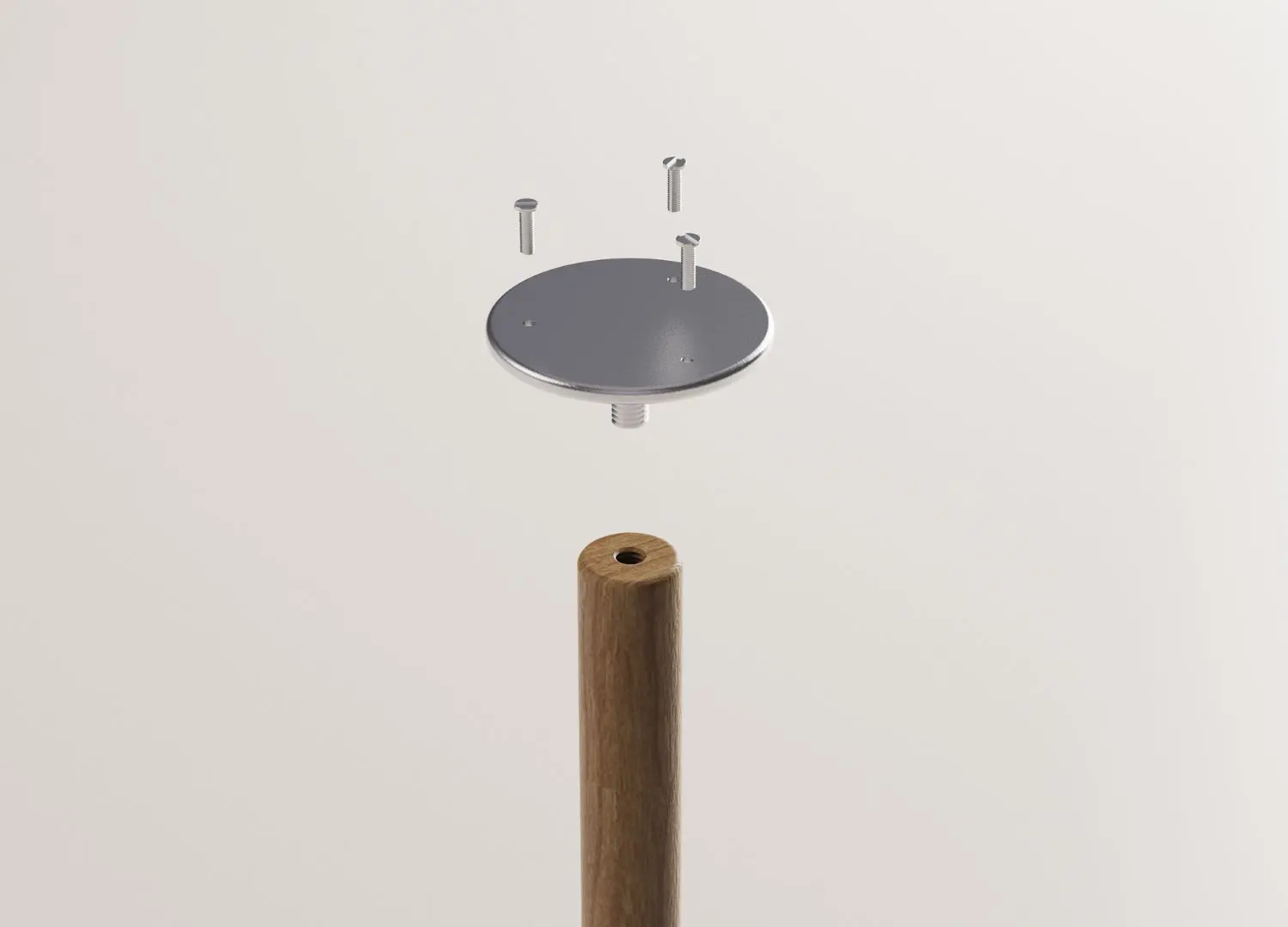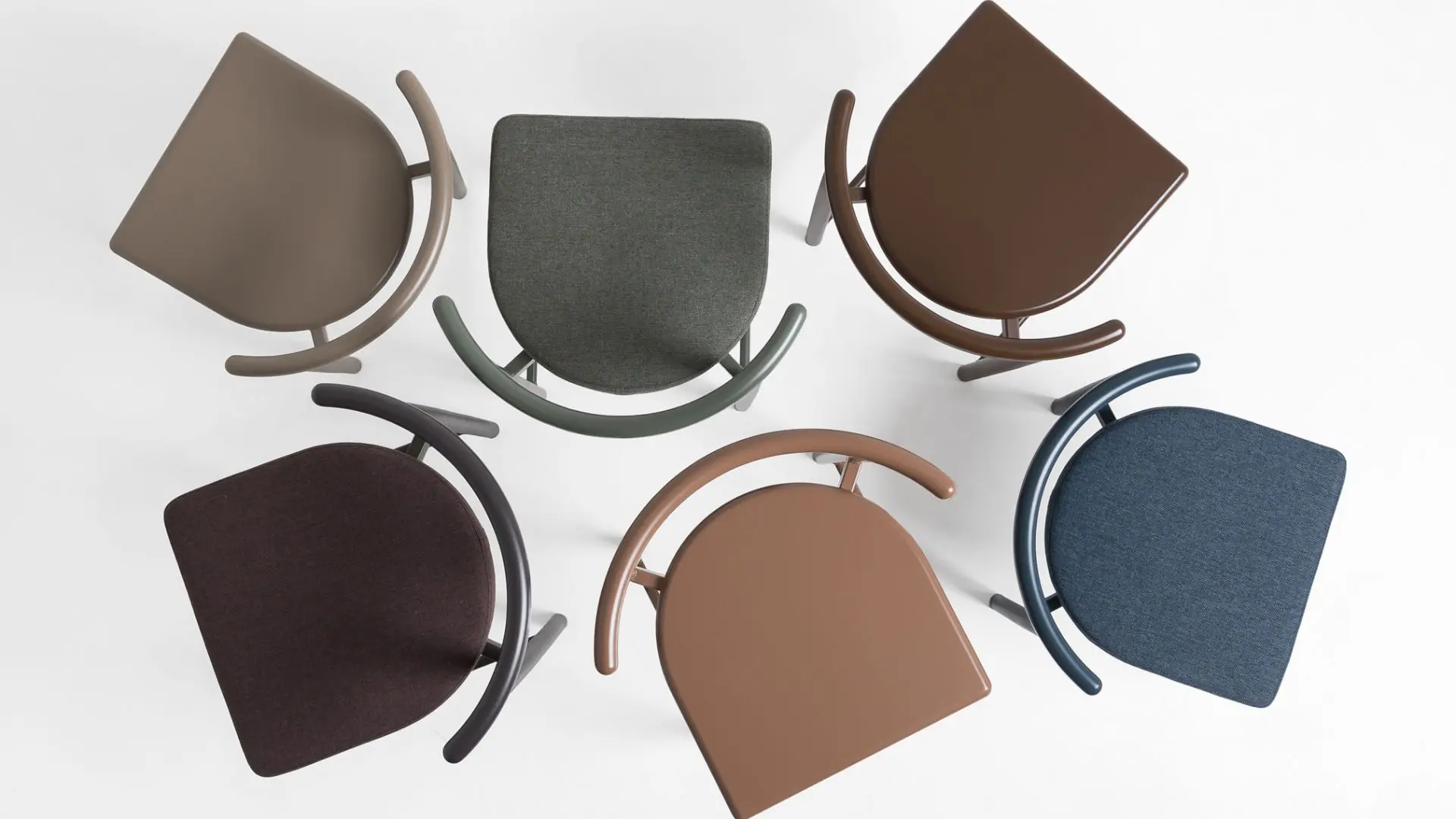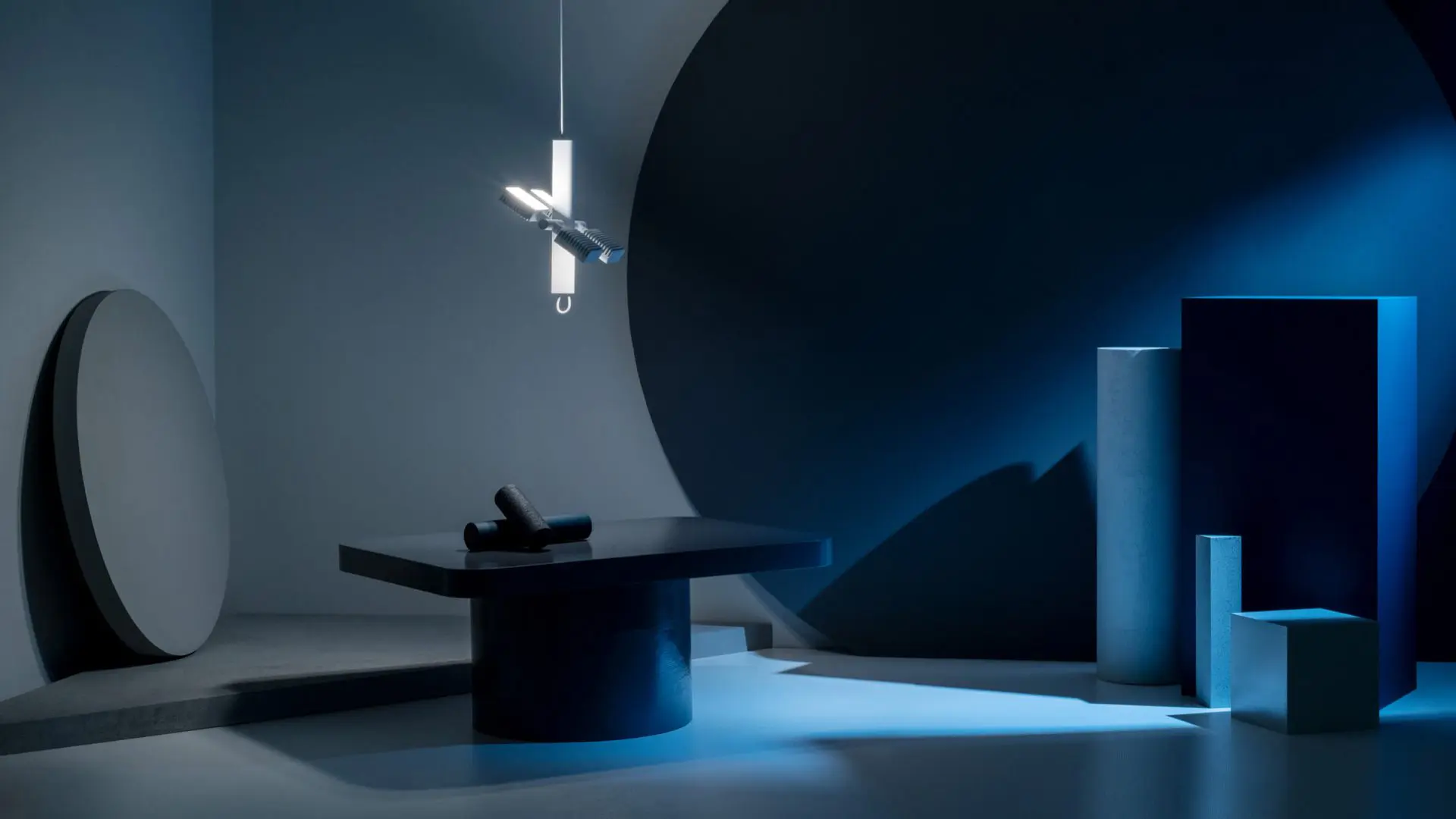Blossom: a multifunctional object for the elderly that integrates with home decor
We are accustomed to thinking of technology when it comes to smart homes. However, analog design still has a lot to say. This is the case with Blossom, a multifunctional product created by DesignLibero

A hybrid solution, presented in a modular manner to meet the domestic needs of the elderly. Blossom, a concept created by DesignLibero, addresses these needs with a system of objects that can be combined according to the user’s requirements.
The rising number of seniors worldwide highlights the significance of inclusive design. The aging population presents an important societal challenge that calls for innovative solutions, particularly in the field of design. With global life expectancy on the rise, it is estimated that by 2050, over 2 billion people will be aged 60 or older.
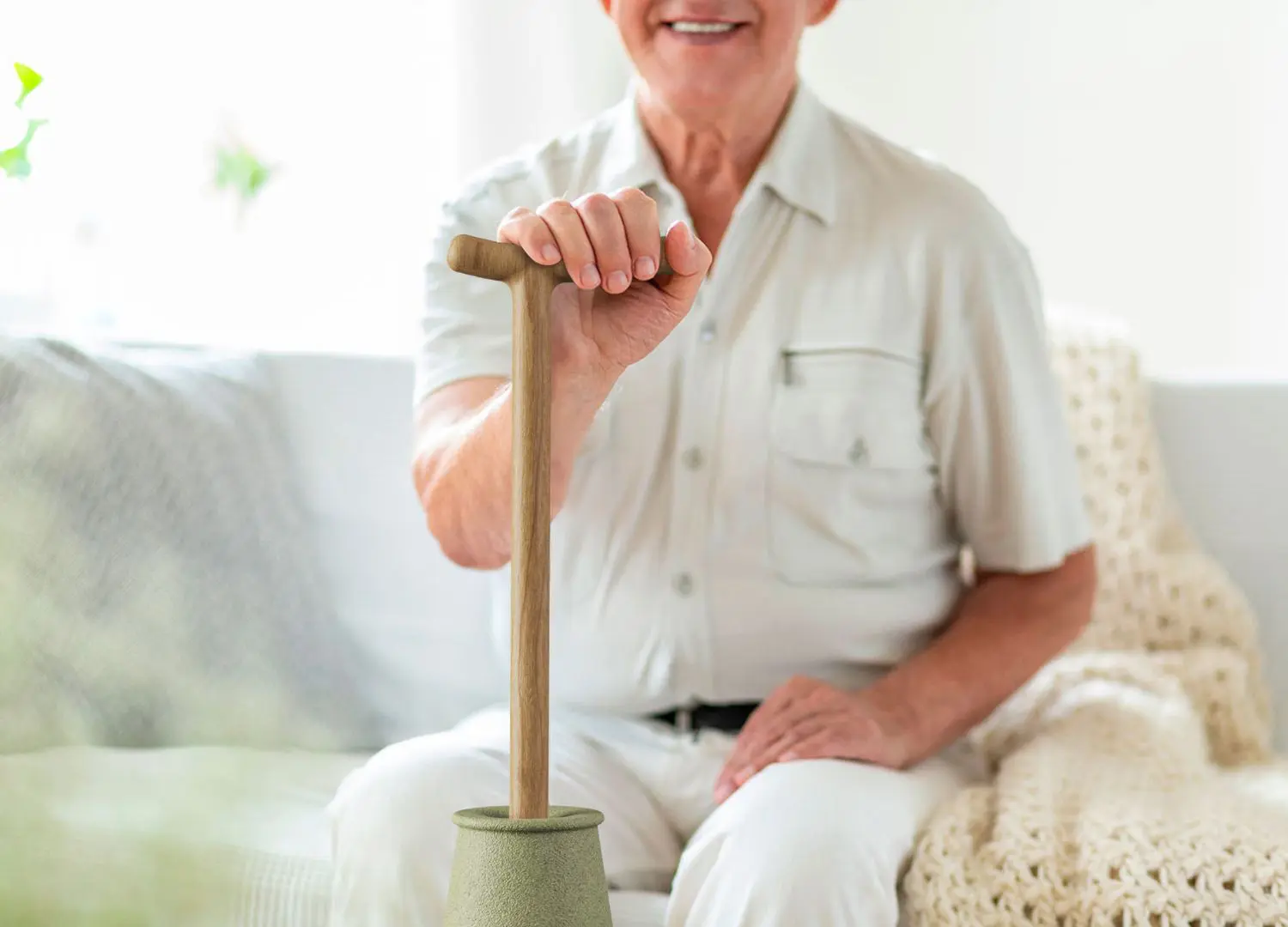
Intrigued by the idea, which we believe represents an intuitive and comprehensive response to the domestic mobility of individuals with reduced motor abilities, we decided to ask the design studio some questions. Specifically, we spoke to Libero Rutilo, Ekaterina Shchetina, and Niccolò Foy, the minds behind this creation.
How did the idea for Blossom originate?
DesignLibero:
“The idea was born from observing the people around us and their needs. By analyzing various types of users and their requirements, we envisioned creating a family or a system of objects that are functional, ergonomic, visually appealing, and enjoyable to use. The aim of these projects was to create objects able to both support the fragility of old people and to blend naturally into nice home furniture.
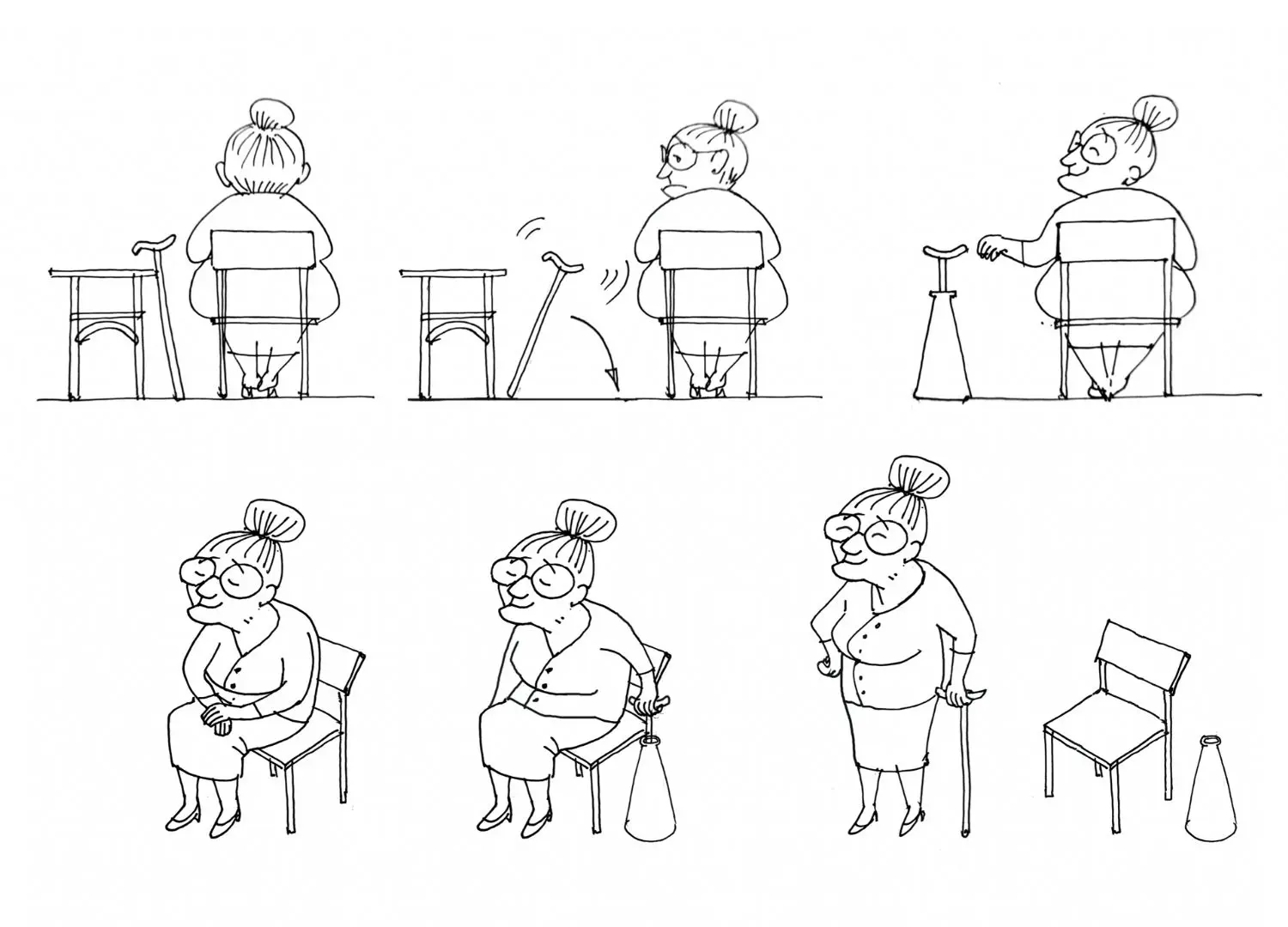
Our goal was to ensure that these objects can be used by all users immediately and intuitively. They are designed to facilitate and simplify actions, even for those encountering them for the first time. At the beginning, we asked ourselves thousands of questions and engaged in various considerations and benchmarks to understand which object we could hybridize, which materials to work with, the most suitable finishes, and which objects would best blend into the spaces.
We had numerous thoughts revolving around the concept of support or assistance for elderly people and hybrid products.”
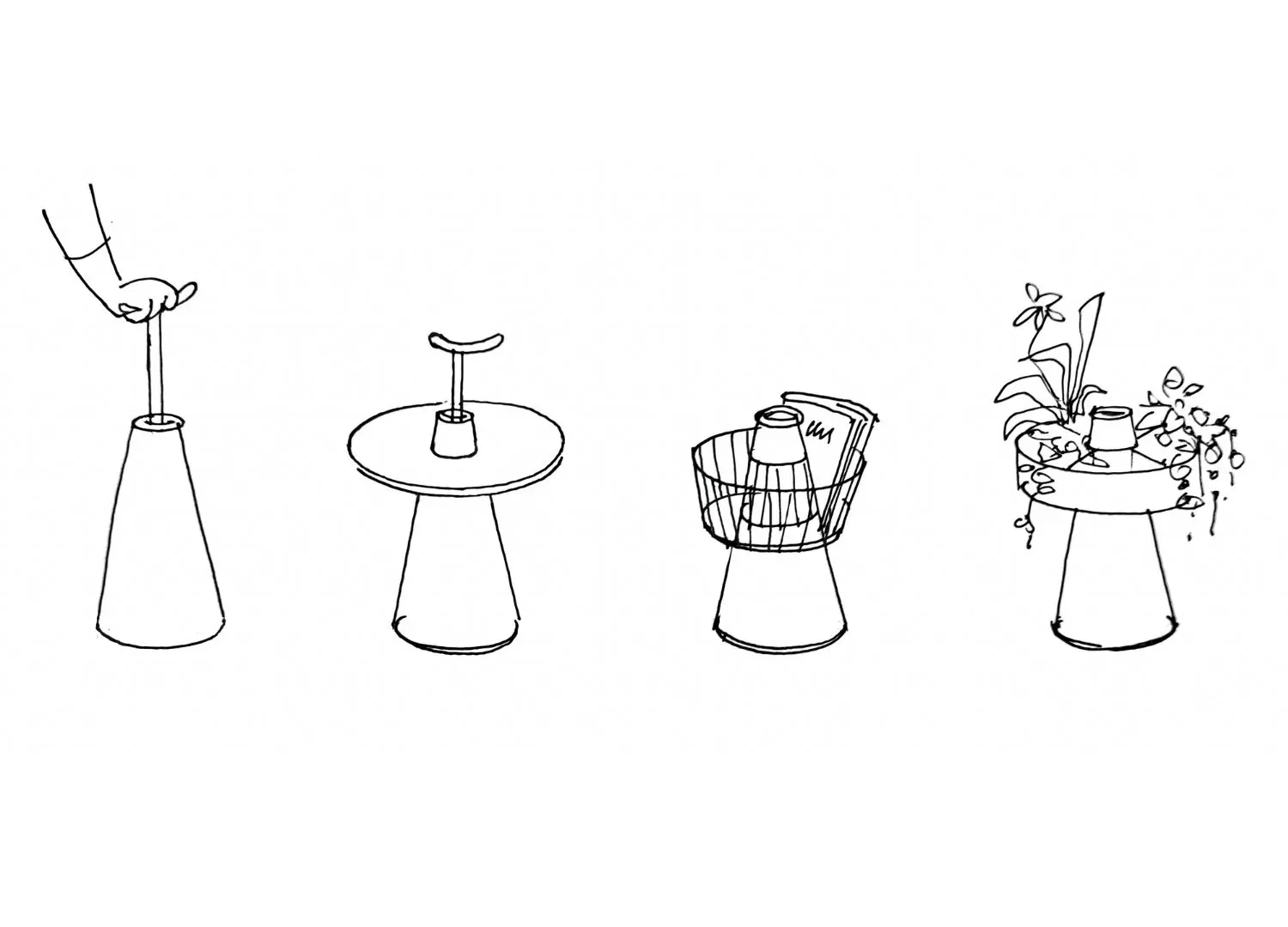
Blossom targets a constantly growing category, namely the elderly. How did you analyze the target audience and address their needs with this project?
DesignLibero:
“While we may not possess expertise in data analysis, we can leverage various sources not specifically tailored to the design sector in order to extract valuable insights and identify potential opportunities. It is a well-established fact that global life expectancy has significantly risen from under 30 years to over 72 years. With this increase, we observe a growing population of elderly individuals worldwide.
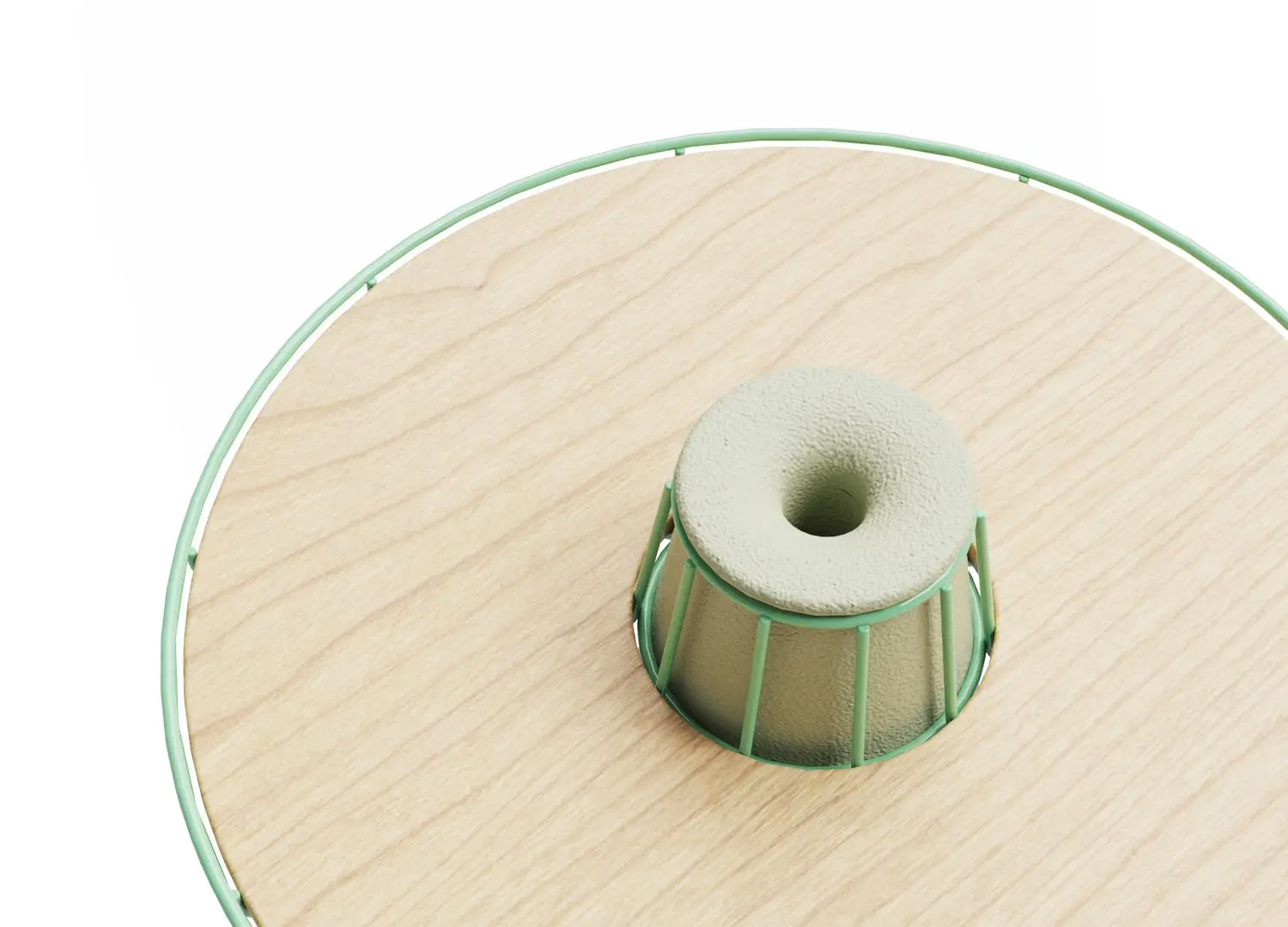
Based on this premise, our objective was to identify a specific need or problem faced by this demographic population and propose a solution through the development of a new smart product. To achieve this, we engage in a series of interviews, casual conversations, and surveys with our target audience.
Through these interactions, we conceive a unique user journey and outline a set of guidelines for our product development.”
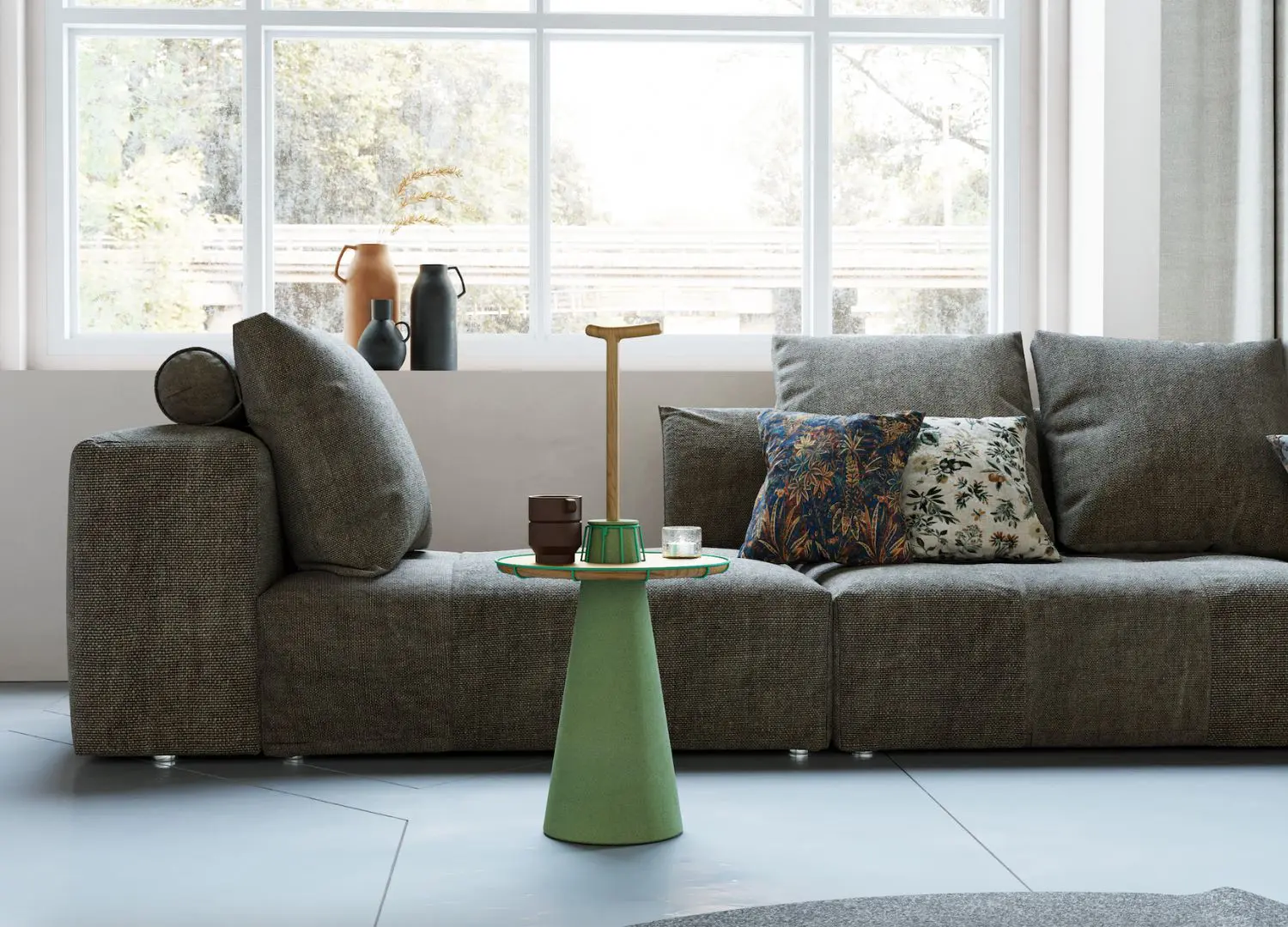
Attention to detail makes a difference, especially for users with reduced motor skills. Could you list the design considerations you took to make the product fully functional for the end user?
DesignLibero:
“Attention to detail is an important part of our work in all areas, even when we design an existing object we always try to improve on previous versions. In this case, since it is a new object, we need to focus more on all the details.
Designing for an older population requires making what is already accessible to us more visible and accessible. One driver has been direct and immediate affordances, we try to suggest through the shape the most appropriate actions for manipulation and make it as intuitive as possible.
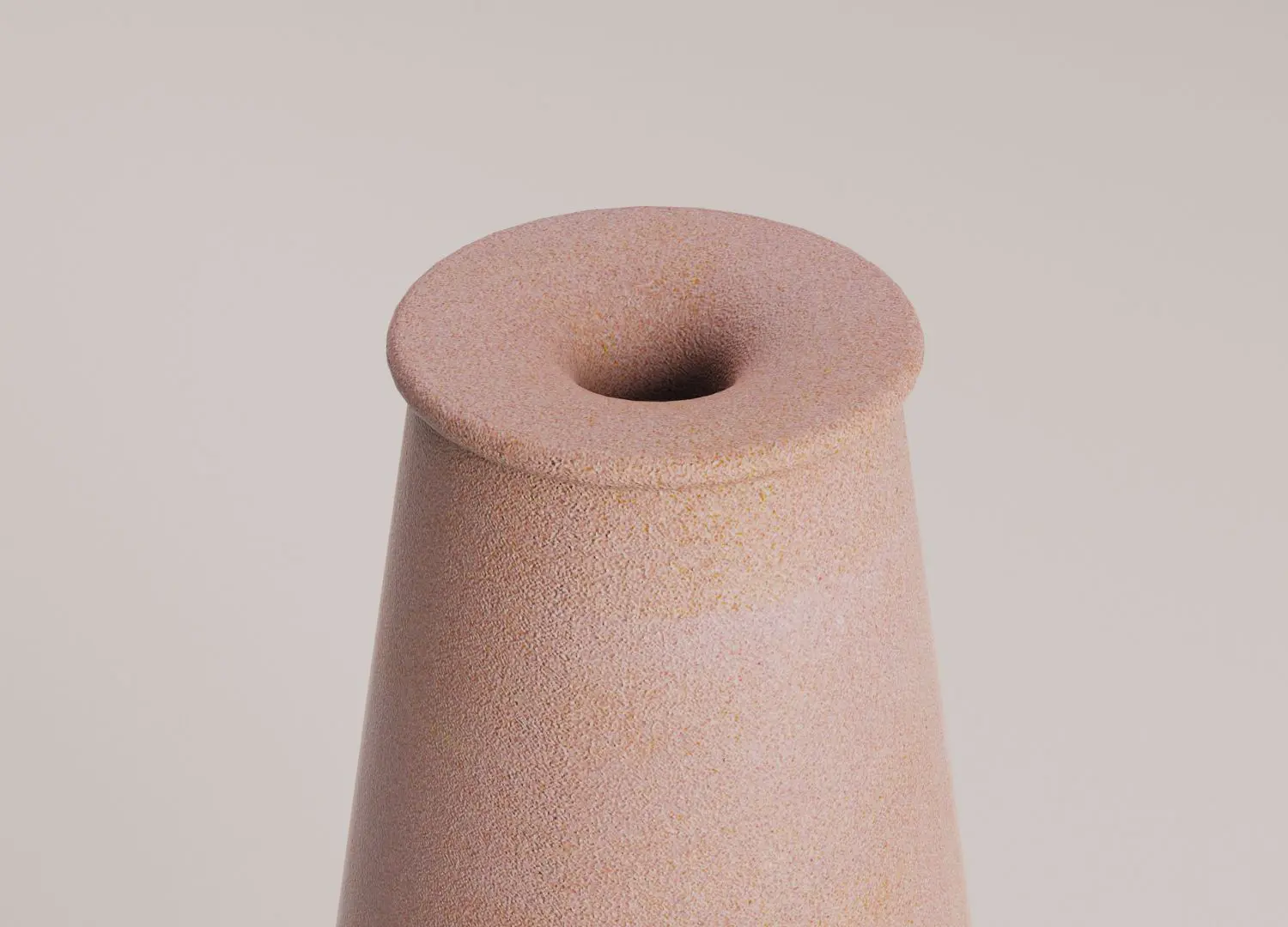
For example, the top of the base has a funnel shape that on one hand is a clear invitation to insert something and on the other hand, being much wider than the hole, facilitates insertion by people with vision problems but also those with tremors.”
How did you choose the materials that define the various components, and why? .
DesignLibero:
“Objects associated with the elderly often suffer from inadequate design, making them easily identifiable due to their materials and finishing. Consequently, these items inadvertently highlight the vulnerabilities of the homeowners, exposing them to the scrutiny of visitors. Designers are making efforts in recent years to integrate these objects seamlessly within the home environment.
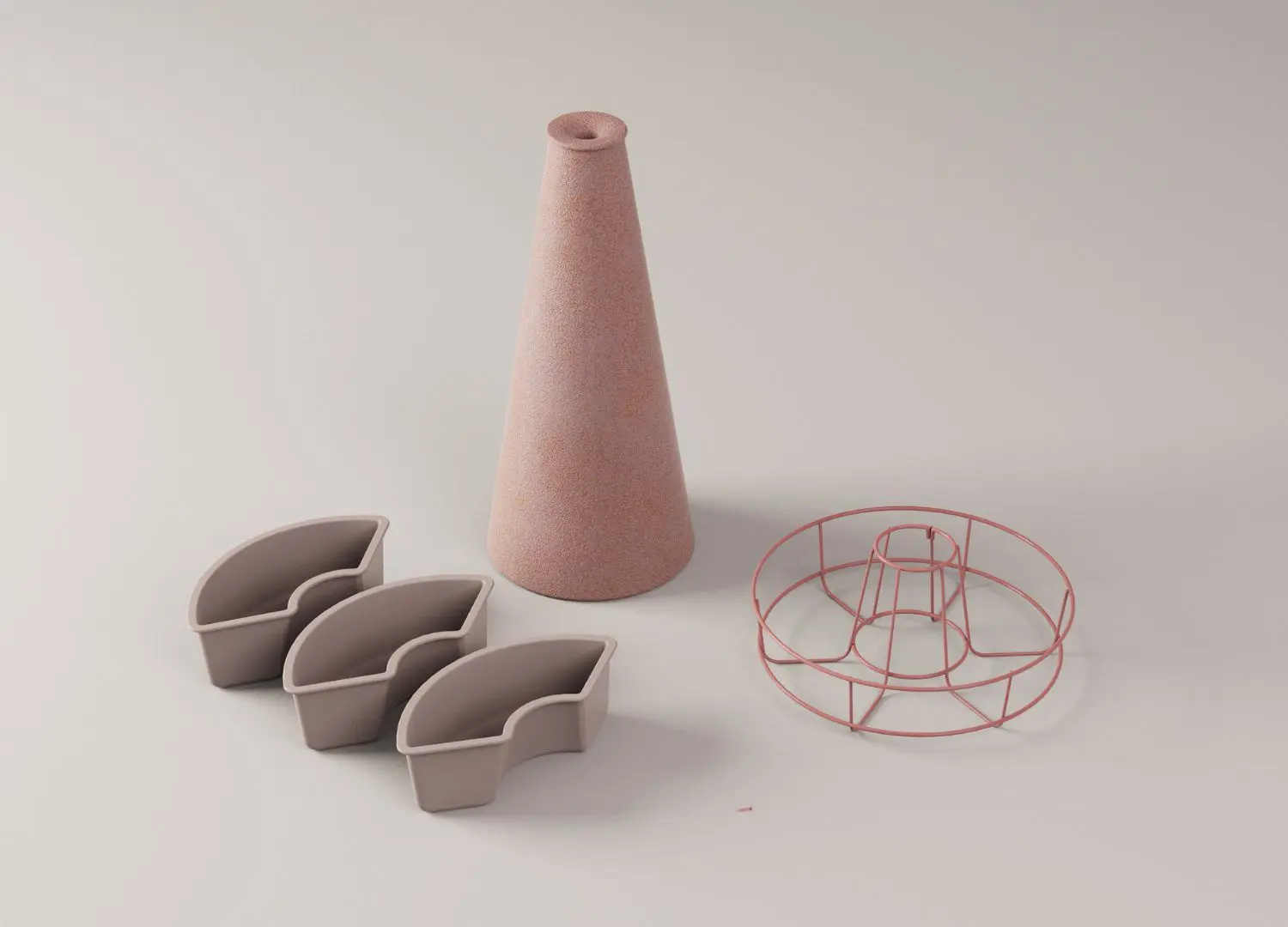
The aim is to diminish the stigmas surrounding the difficulties encountered by the older generation and promote a more harmonious coexistence of functional items and desirable aesthetics. For the material selection we did the reverse reasoning, and we wondered what materials young people like and which one can match our needs in terms of production, costs, strength, weight etc ..
We have employed a hybridization approach to select the components. The stick holder has been combined with common household furniture items such as a coffee table, magazine rack, and vase holder/coin tray to seamlessly integrate it into the existing environment.
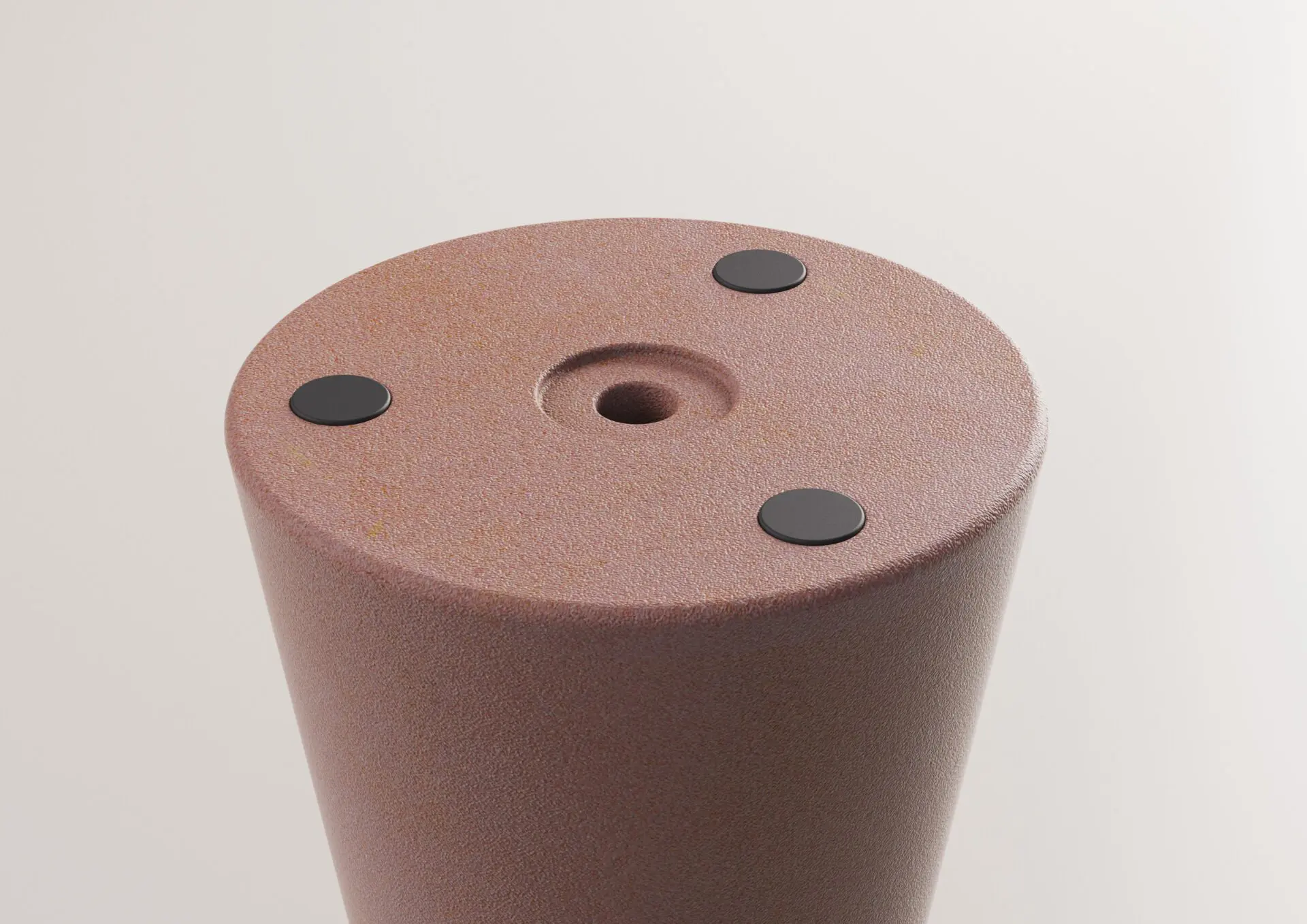
Through a playful approach, we aimed to create a harmonious fusion with objects that are commonly found in everyone’s homes. The outcome is a collection of objects featuring a stick and various stick holders, crafted from contemporary materials that convey a fresh and youthful aesthetic.”
Considering that more and more designers rely on technology to create inclusive solutions for the elderly, what should be the role of analog products like this? What specific needs can they address?
DesignLibero:
“First of all, many elderly people are averse to too much technology, sometimes they find it difficult to use and they have to be helped by their grandchildren to set up the basic functions of some smart products. Sometimes there is also a sense of frustration when faced with difficulties in using a product properly, this does not happen with Blossom because it can be used by a young person as well as an elderly person, it is easily configurable, intuitive and user-friendly.
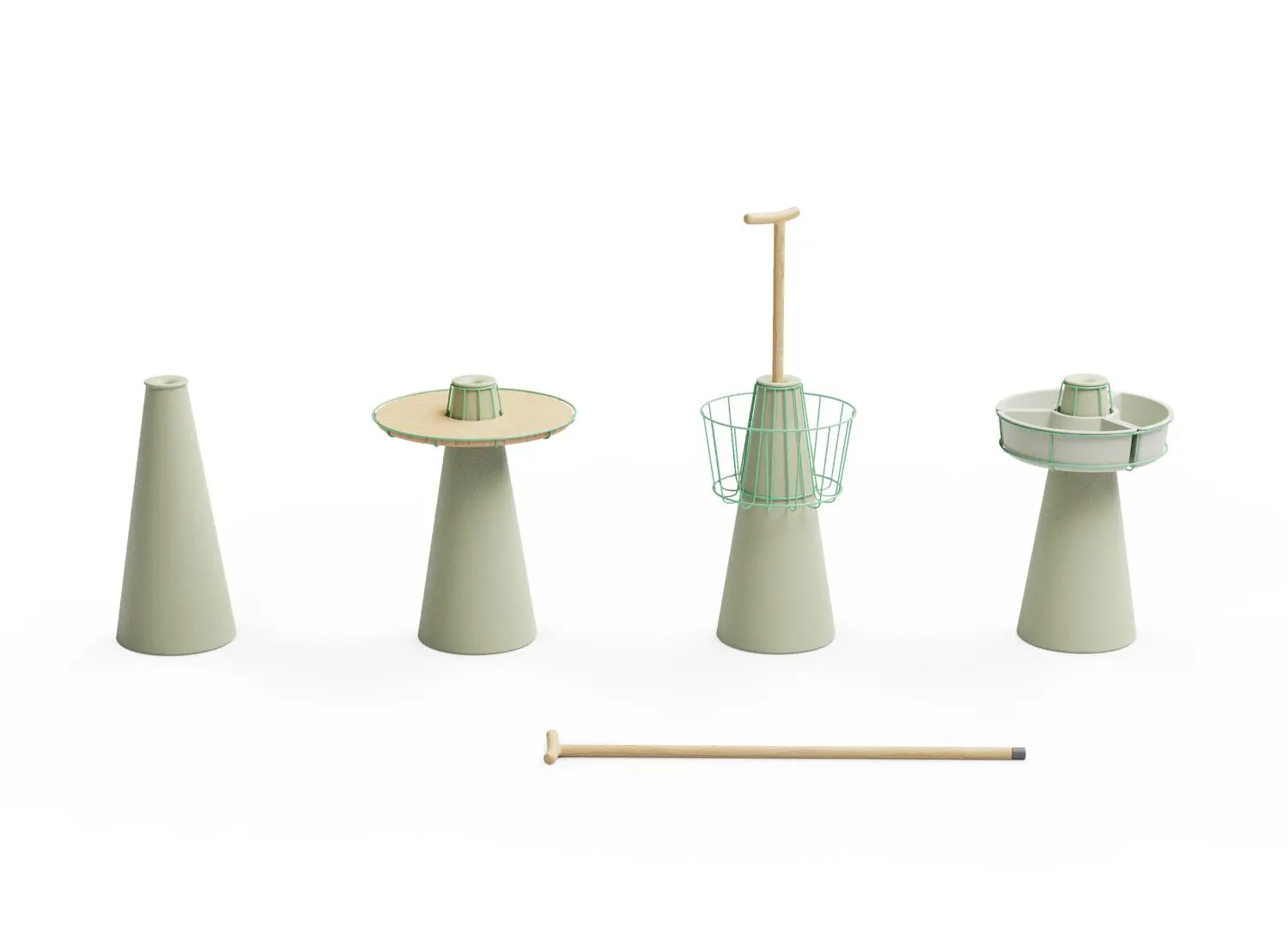
I believe that there is a great opportunity if analog products are offered to a generation that was born with this type of product, they can use them immediately and use them to the fullest, establishing a real relationship with them based on satisfaction and simplicity.
User appropriation is definitely a sublimated purpose of all design products. It’s a very interesting mechanism that we try to activate every time we encounter a new brief. In this case, it is achieved through an appealing aesthetic that sets it apart from other products in the same category. It offers easy and intuitive use, as well as flexibility, allowing the user to invent new ways of utilization based on their needs and desires. This results in an increase in psychophysical well-being.”


